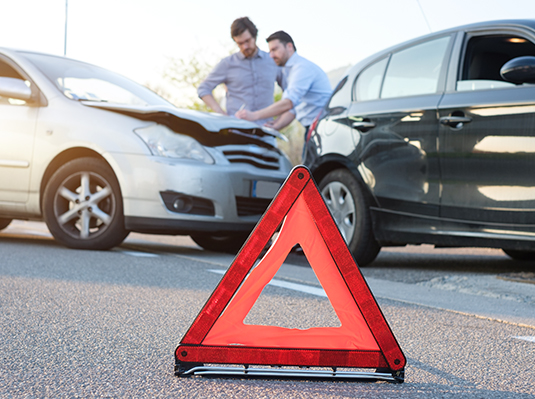
Before You File a Claim
Document Everything
Immediately after an accident, document as much as possible. Take clear photos of the damage to all vehicles involved, the accident scene from multiple angles, and any visible injuries.
Gather contact information from everyone involved, including witnesses. Make sure to note:
-
Names
-
Addresses
-
Phone numbers
-
License plate numbers
-
Insurance details
Notify the Authorities
Call the police to report the accident, especially if there are significant damages or injuries. A police report can be a crucial piece of evidence when you file your claim.
Seek Medical Attention
Even if you feel fine, some injuries might not be immediately apparent. It's wise to get a medical check-up to ensure there are no hidden injuries. Keep all medical records related to the accident.
When to Consider Filing a Claim
Understanding when to file a claim can help you avoid unnecessary premium increases, as a claim could raise your premium more than your repair costs.
Consider filing a claim if:
-
The accident results in significant damage to your vehicle
-
There are injuries involved
-
The other party is at fault and refuses to pay for damages
-
Your car is stolen or vandalized
Consider not filing a claim if:
-
The damage is minor and less than your deductible
-
You can afford to pay for the repairs out-of-pocket
Check with your agent and clarify your coverage under your current policy. Once you've confirmed your coverage, get an estimate of how much it will take to fix the damage. If you have an idea of how much it will cost, you’ll save time and set expectations for how much you might receive after your deductible.
Handling a Claim
1. Contact Your Insurance Company
Notify your insurance company as soon as possible. Have your policy number, the police report, and any documentation ready. Be honest and detailed when describing the accident. Inaccurate or false information can delay the process or lead to a denied claim.
2. Follow Up
Stay in touch with your insurance adjuster to track the progress of your claim. Provide any additional documentation they might need promptly.
3. Repairs
Once your claim is approved, you can proceed with repairs. Your insurance company may recommend repair shops, but you have the right to choose your own.
Special Circumstances
Hit and Run
If you're the victim of a hit-and-run, report it to the police immediately. Document any damage and provide as much information as possible about the other vehicle.
Rental Cars
If the accident involves a rental car, notify the rental company and follow their procedures. Your insurance or credit card may offer rental car coverage.
Comprehensive Claims
For non-collision incidents like theft, vandalism, or natural disasters, follow similar steps. Document the damage, file a police report if necessary, and contact your insurer.
Accidents are stressful, but knowing what to do in the event of a car insurance claim can make the process smoother. Be prepared, document everything, and understand when and how to file a claim. By following these steps, you'll be better equipped to handle the unexpected.
Ready to learn more? Stay informed and protect yourself by exploring other helpful insurance guides on our website.
If you’re an existing Goosehead client needing assistance in filing a claim, please reach out to our Service team for help.
The contents of this article are for informational purposes only. You should not act or refrain from acting based on this information without first consulting a Goosehead licensed agent. We disclaim all liability for actions taken or not taken by you based on the contents of this article which is provided "as is." Goosehead makes no representation that this content is error-free.
Get a Quote


